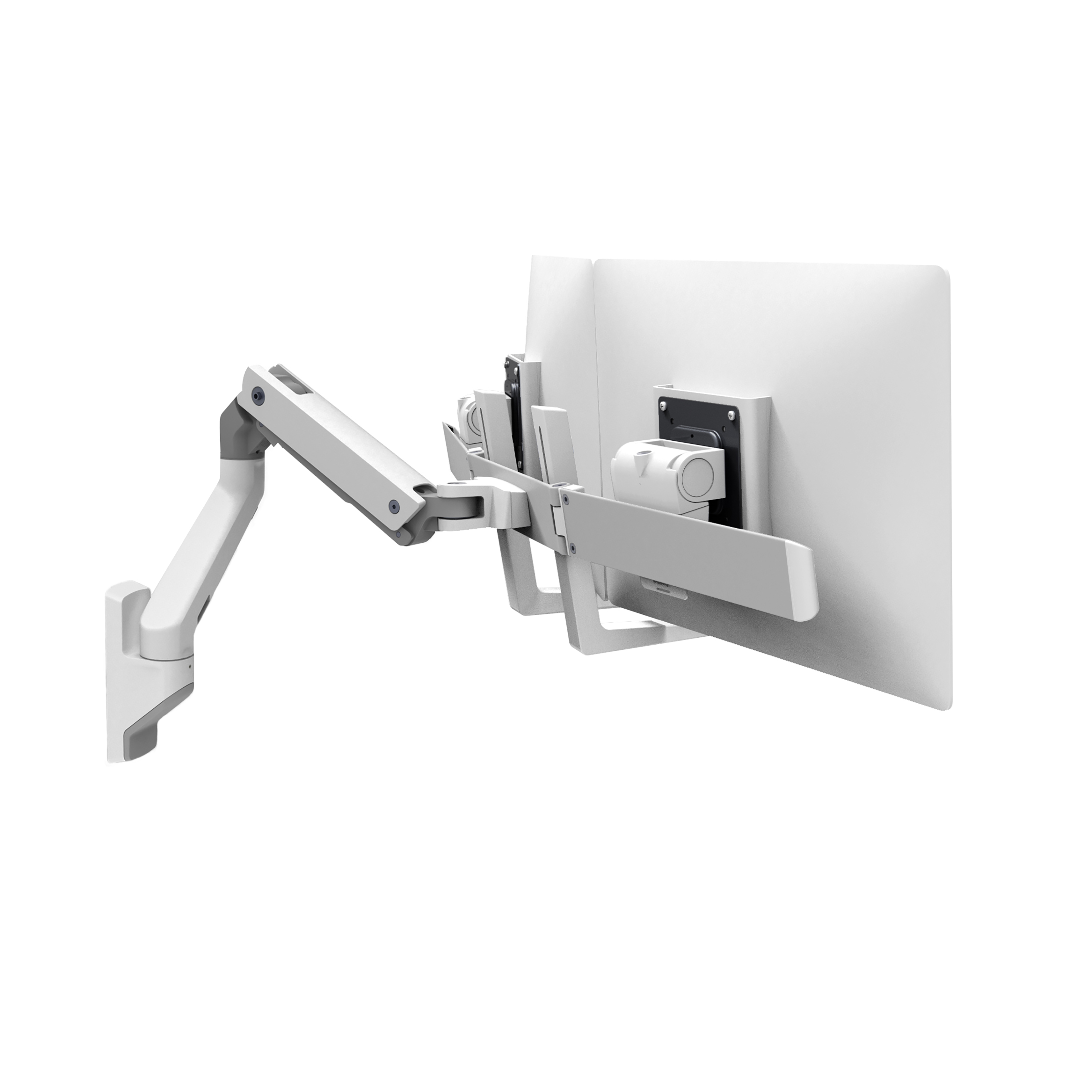


Different types and qualities of LCD screen (TN, IPS, VA), types and quality of backlight, brightness, connection type, contrast ratio, viewing angle and of course, size and resolution can all affect the colors you see on the screen.Usually monitors have a color 'temperature' adjustment, much the way a temperature Kelvin given on light bulbs typically refers to their color, not how hot they get. These problems are multiplies if your monitors are not the same model of the same manufacturer. And all of this assumes that there are no faults with the specific monitor units you are using, which is certainly possible, since the monitors are large, bulky items that are easily damaged during packaging or displacement.

The age and use of a monitor will affect its LCD screen, and manufacturers sometimes use more than one form.room suppliers for the same products - two "identical" monitors may have LCD panels that are not even from the same country. The simplest is that each monitor is different production variables and assembly faults can mean that even monitors with exactly the same model will not have colors that match perfectly.Įven if you buy identical monitors, they may still not be close enough for your demanding eyes. There are several reasons why the images on your different monitors do not match. But you can use a few tricks to bring your different screens as close as possible. It is doubly difficult if you are trying to get color accuracy, which is crucial if you are working in multimedia production. I won't lie: getting your monitors to match each other is a chore ofdifficult, especially if they come from several manufacturers or product lines. And if you're like me, it also drives you crazy when the colors and picture settings on these monitors don't exactly match. If you are like me, you love working on a large, sturdy desktop computer with like many monitors that will fit your large, sturdy desk. HA : 'urar-kwamfuta/yadda-za-a-daidaita-launuka-akan-yawan-duba-ku


 0 kommentar(er)
0 kommentar(er)
